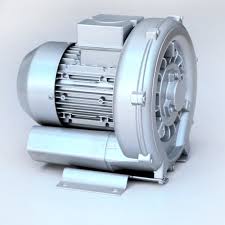roots 59 blower
A Roots blower is a type of positive displacement pump, specifically a rotary lobe pump, that utilizes two rotating impellers (lobes) to move a fluid or gas. It operates by trapping a fixed volume of air or gas and then pushing it against the system’s pressure. These blowers are commonly used in applications requiring low-pressure air or vacuum, such as in superchargers for engines, pneumatic conveyance, and wastewater treatment.
Here’s a more detailed explanation:
- Positive Displacement:Roots blowers are positive displacement pumps, meaning they trap a specific volume of fluid and physically move it from the inlet to the outlet, regardless of the downstream pressure (within limits).
- Rotor Design:The core of a Roots blower consists of two impellers (lobes) that rotate in opposite directions within a housing. These lobes are synchronized by gears and don’t directly touch each other.
- Function:As the lobes rotate, they trap air or gas in the pockets between the lobes and the housing. These trapped volumes are then carried around to the outlet side and expelled into the discharge system.
- Applications:Roots blowers are frequently used in various industrial applications:
- Superchargers: In internal combustion engines, they increase air intake to boost power.
- Pneumatic Conveyance: Used to transport materials like grain, powders, or other bulk materials through pipes.
- Wastewater Treatment: Used to supply air to activated sludge systems.
- Vacuum Pumps: Can be used to create a vacuum by extracting air from a closed system.
- Superchargers: In internal combustion engines, they increase air intake to boost power.
- Advantages:Roots blowers offer several advantages, including:
- Constant airflow: They provide a relatively constant airflow, even with varying discharge pressures.
- No lubrication required: Many Roots blowers are oil-free, which can be beneficial in food processing or other applications where contamination is a concern.
- Output pressure at low revolutions: They can produce a reasonable output pressure even at low rotational speeds.
- Constant airflow: They provide a relatively constant airflow, even with varying discharge pressures.










